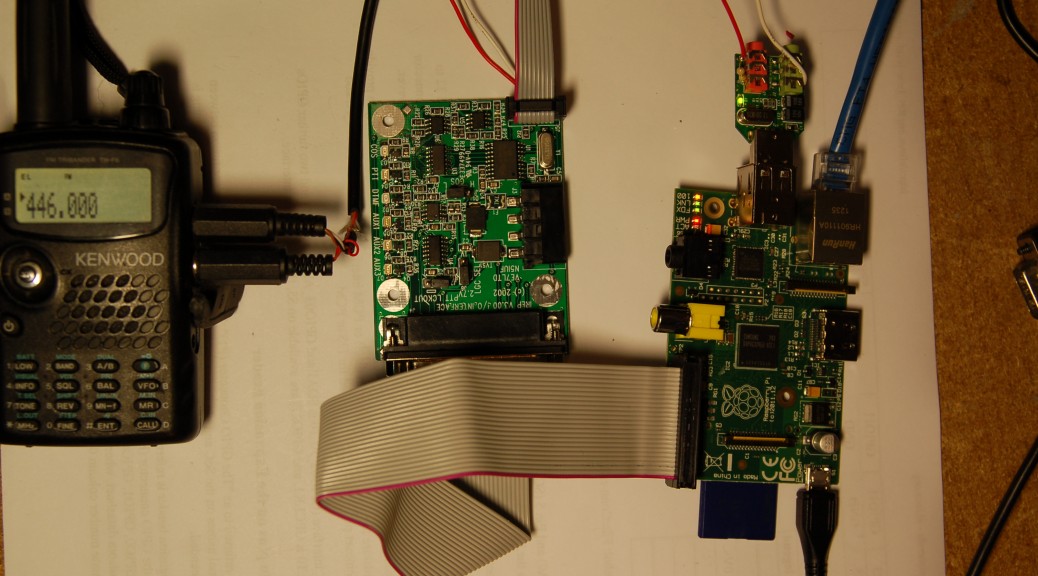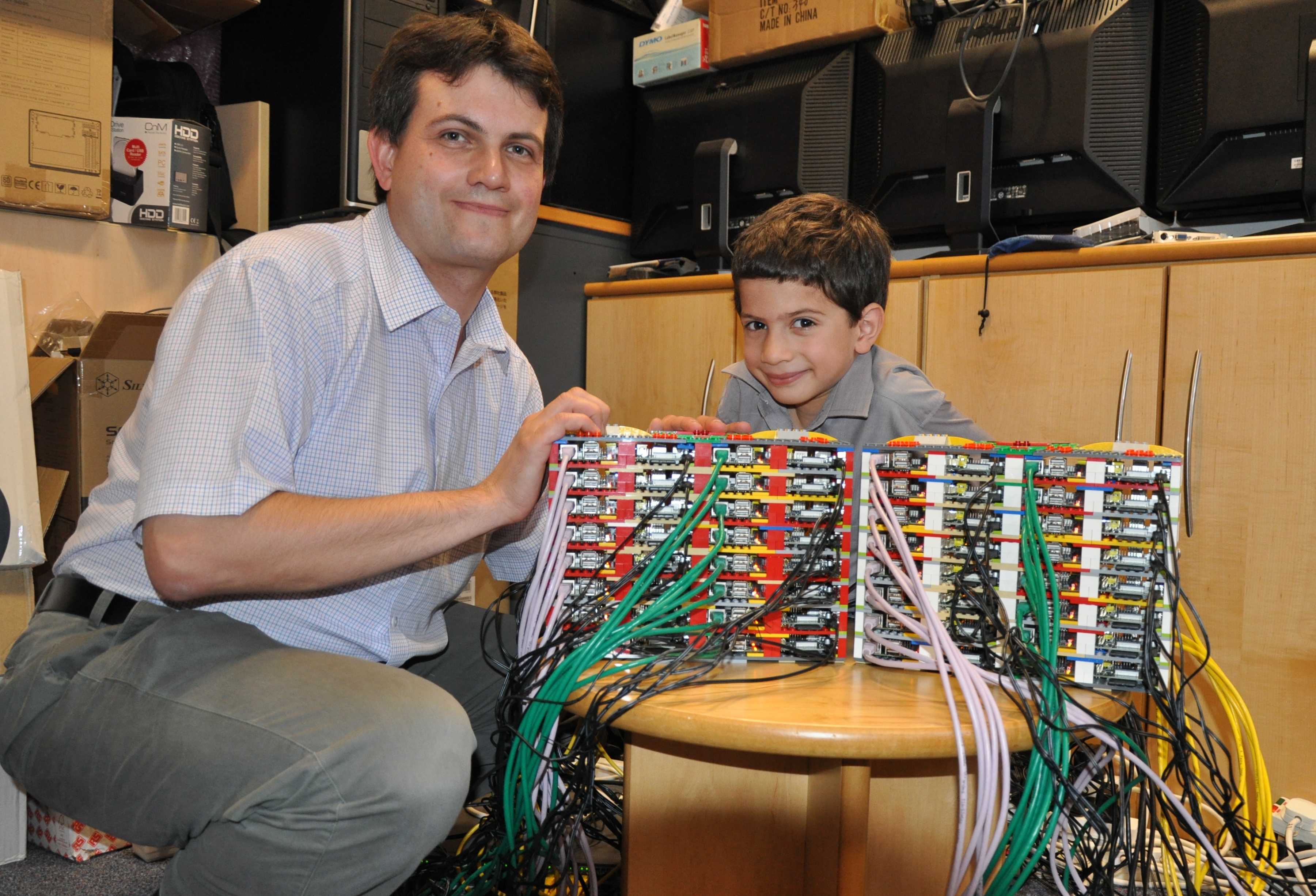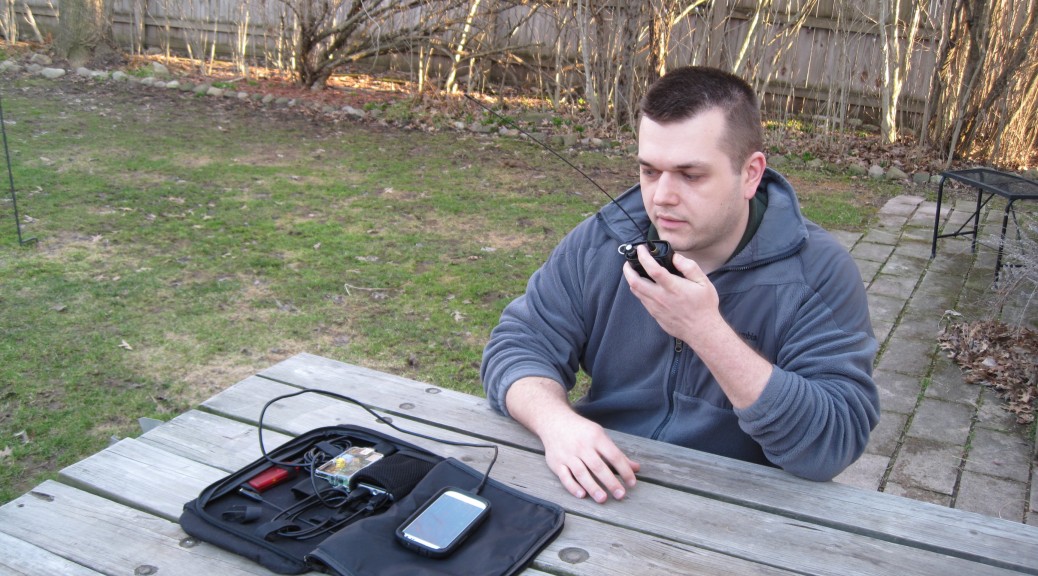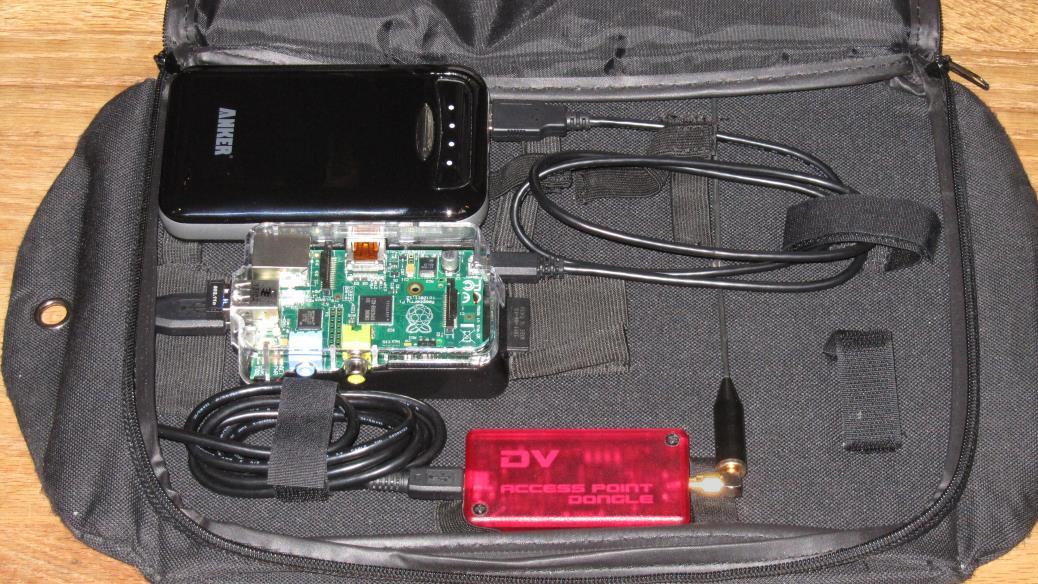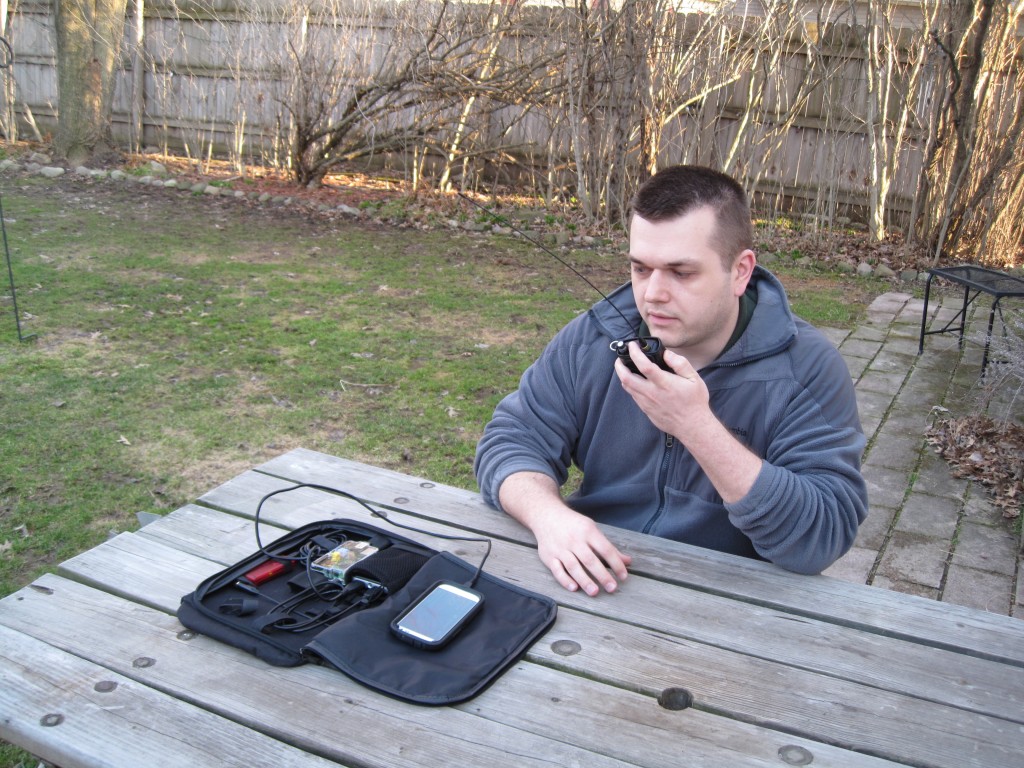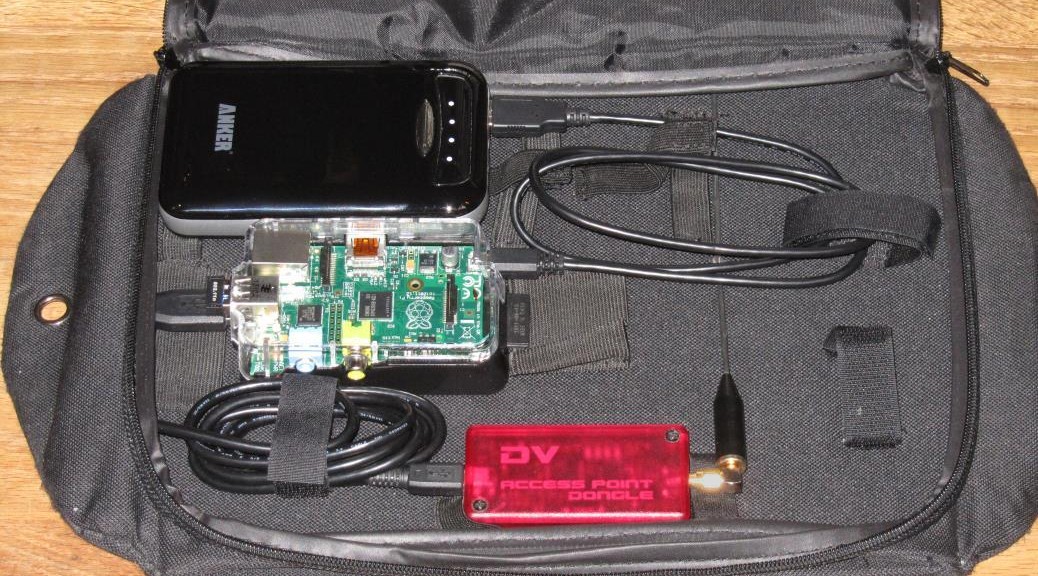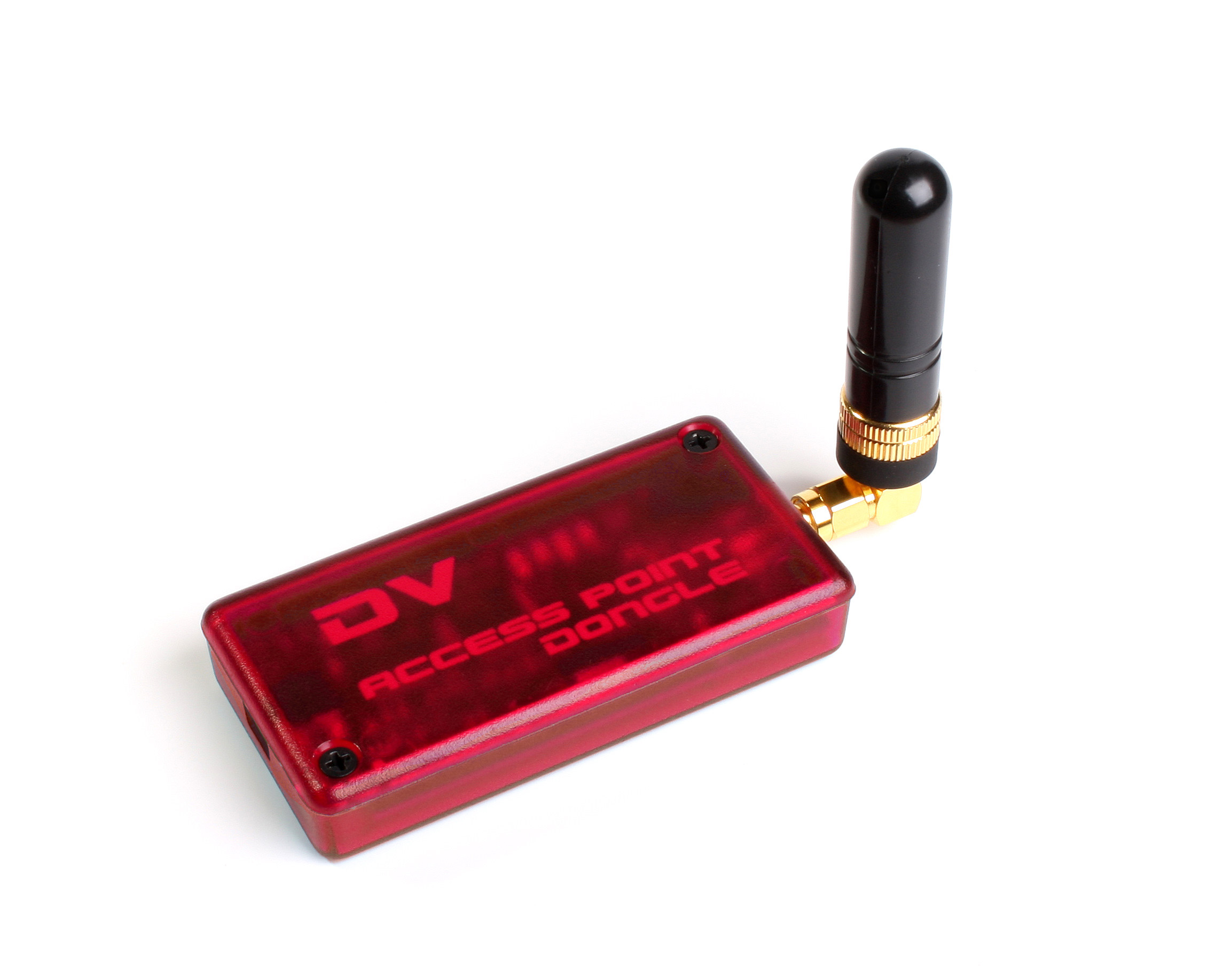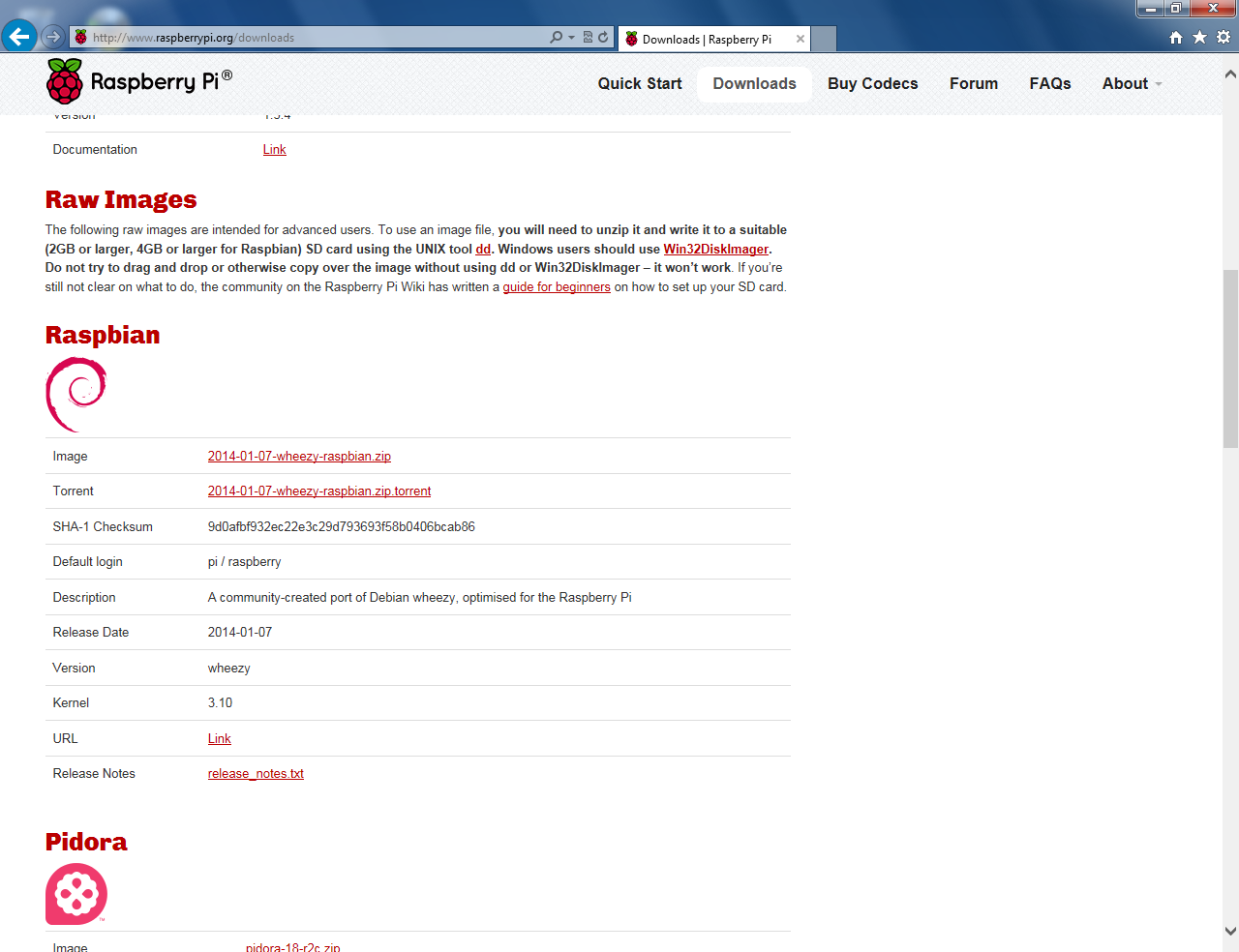One of the responsibilities of the Technical Coordinator in the Ohio Section is to submit something for the Section Journal. The Section Journal covers Amateur Radio related things happening in and around the ARRL Ohio Section. It is published by the Section Manager Scott – N8SY and articles are submitted by cabinet members.
Once my article is published in the Journal, I will also make it available on my site with a link to the published edition.
You can receive the Journal and other Ohio Section news by joining the mailing list Scott has setup. You do not need to be a member of the ARRL, Ohio Section, or even a ham to join the mailing list. Please sign up!
If you are an ARRL member and reside in the Ohio Section, update your mailing preferences to receive Ohio Section news in your inbox. Those residing outside the section will need to use the mailing list link above.
Updating your ARRL profile will deliver news from the section where you reside (if the leadership chooses to use this method).
Go to www.arrl.org and logon.
Click Edit your Profile.
You will be taken to the Edit Your Profile page. On the first tab Edit Info, verify your Email address is correct.
Click the Edit Email Subscriptions tab.
Check the News and information from your Division Director and Section Manager box.
Click Save.
Now without further ado…
Read the full edition at: http://n8sy2.blogspot.com/2015/09/september-edition-of-ohio-section.html
THE TECHNICAL COORDINATOR
Jeff Kopcak – TC
k8jtk@arrl.net
Normally in this space you would find a well put together article written by Jim W8ERW. If you didn’t catch last month’s Ohio Section Journal, Jim is moving on to bigger and better things. That would be Texas. Jim is one of Fort Worth’s newest residents! The fine folks in the North Texas Section have a great guy coming their way. He’s probably enjoying the warm weather down there right now. Congratulations Jim! So ‘why are we seeing this other guy writing in Jim’s place’ you’re probably asking yourself? I don’t know either.
Seriously though, I have to give a lot of credit to my predecessor, Jim – W8ERW and to our Section Manager, Scott – N8SY. These guys are excellent at answering all my questions from my time as a Technical Specialist and transitioning me into the Technical Coordinator position. Thank you.
I look forward to serving the Ohio Section and seeing what you guys have in store. I’ve already received a number of questions on computers, digital modes, and D-STAR. Happy to answer them. My bio is posted on the Ohio Section website if you missed it.
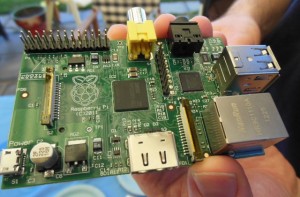 Last month, I gave a presentation on the Raspberry Pi computer at the LEARA meeting in Cleveland. This presentation was an introductory look at the device. It included history, hardware specs, setting up the Pi, and ham radio projects. There was a larger than usual turnout for the meeting and even a few non-hams in attendance. The presentation is available on my website if you would like to take a look. I gave a shortened version at the QCWA Chapter 1 meeting in July. If you missed either meeting, fear not! I am scheduled to be at the GARA (Geauga Co.) club meeting on September 28th as they celebrate 38 years! See you there.
Last month, I gave a presentation on the Raspberry Pi computer at the LEARA meeting in Cleveland. This presentation was an introductory look at the device. It included history, hardware specs, setting up the Pi, and ham radio projects. There was a larger than usual turnout for the meeting and even a few non-hams in attendance. The presentation is available on my website if you would like to take a look. I gave a shortened version at the QCWA Chapter 1 meeting in July. If you missed either meeting, fear not! I am scheduled to be at the GARA (Geauga Co.) club meeting on September 28th as they celebrate 38 years! See you there.
Couple events to note… the Cleveland Hamfest is coming up on September 27th. This is in my backyard so I will be in attendance and hope to meet all of you. You can join the Hamfest Association of Cleveland and help out next year via their website hac.org.
The TAPR Digital Communication Conference is coming up October 9th – 11th near Chicago. Want to go to one of these at some point because it looks like another excellent lineup of forums. Topics include: Digital Voice and Network systems, DATV, Arduino CAT controller for the HPSDR, an Amateur Radio Digital Open Protocol, remote operation of your radio, 3D modeling in Ham Radio, and introductory sessions on a number of topics. ARRL’s own Ward Silver – N0AX is the banquet speaker. Head over to www.tapr.org/dcc.html for the complete schedule and to register.
Thanks to everyone who wrote and congratulated me on my appointment. It really means a lot!
Thank you for reading..
73, K8JTK

